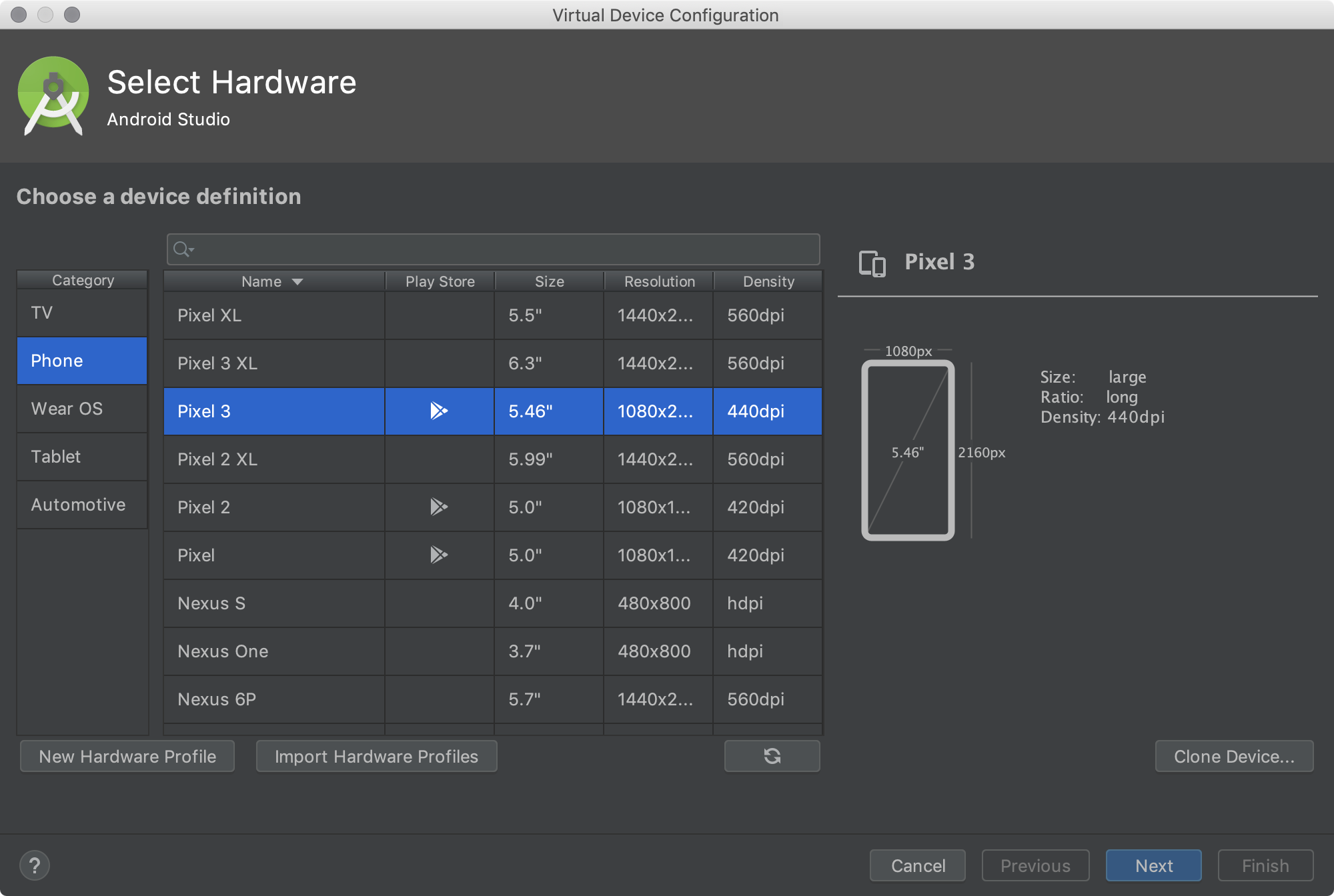
Now you can upload apps, access the logcat and execute adb commands on your remote emulator like on any other Android device. Now – given that both systems are in the same network – you can connect to the emulator from your laptop by typing in a terminal: adb kill-server If you execute this batch file on your desktop PC, it will open the emulator with the specified virtual device. directly in C:\trivial_portforward.exe).Ĭreate a virtual device to emulate (HowTo) and name it “EmulatedAndroid”.Ĭreate a batch file: \tools\emulator -avd EmulatedAndroid &Įcho 'On the development machine: adb kill-server and then: adb connect :5585'Ĭ:\trivial_portforward 5585 127.0.0.1 5555 Store the executable of Trivial Portforward on the desktop system (e.g.

The approach in a nutshell: Forward the emulator’s port so that it is accessible in the local network. The major advantage is that you can continue using your development machine while a “server” deals with emulating – one could even emulate several devices at once and still continue programming. So I installed the Android emulator on my desktop PC running Windows and connect to it over my LAN. But the problem is that it is really slow on my development laptop. I often use the Android emulator to check my apps with different display configurations and to stress-test them. There is a nice tutorial below copied from by Philipp Hasper:

It's for forwarding a TCP port of PC1 to a TCP port of the Android device.įor your situation, you can use any port forwarding tool like Port Forwarding for Windows. According to the official Android Developer documentation, adb forward is not for forwarding a TCP port of the PC1 to another port of the PC2.


 0 kommentar(er)
0 kommentar(er)
